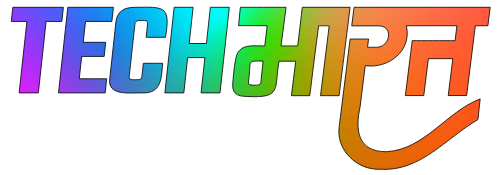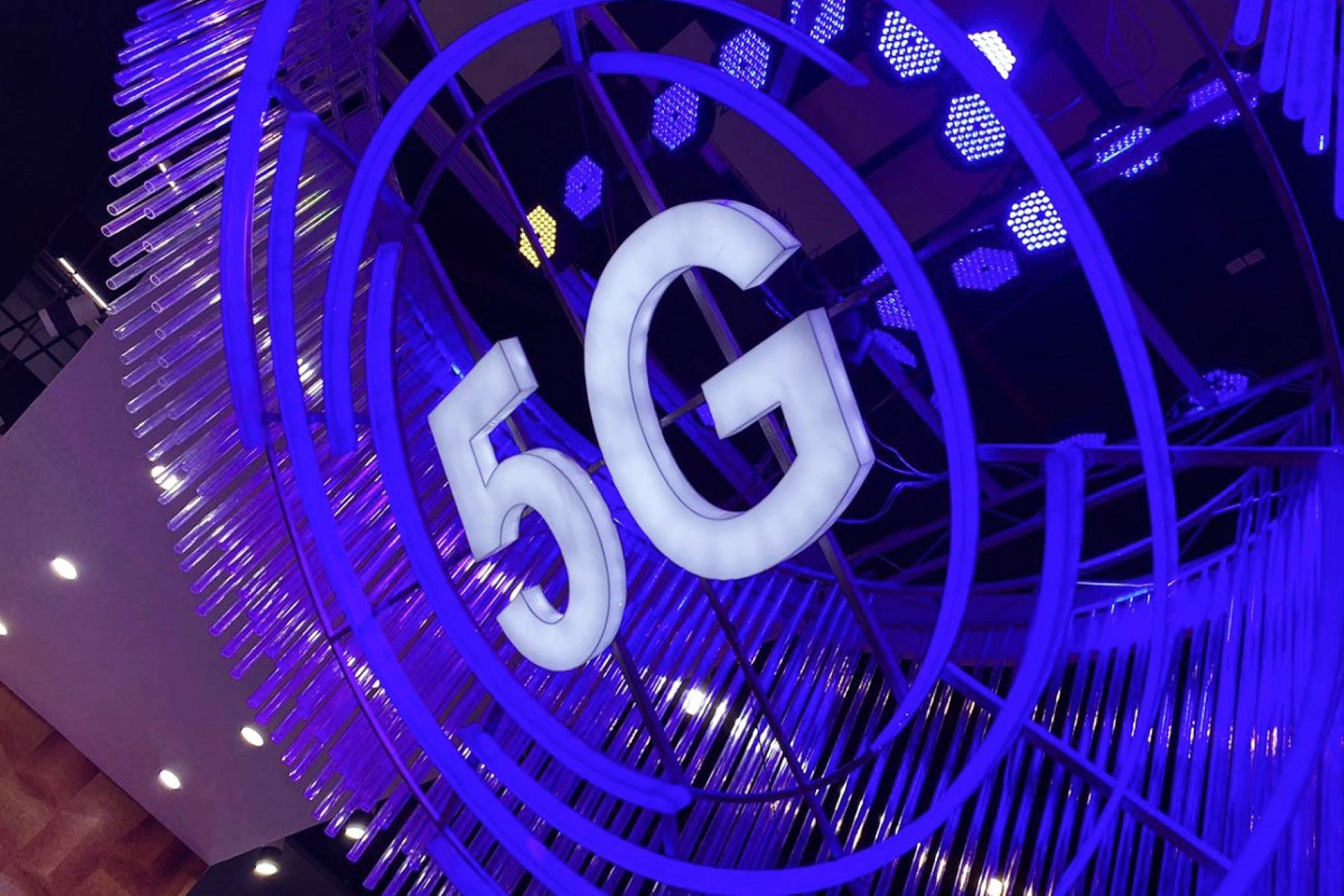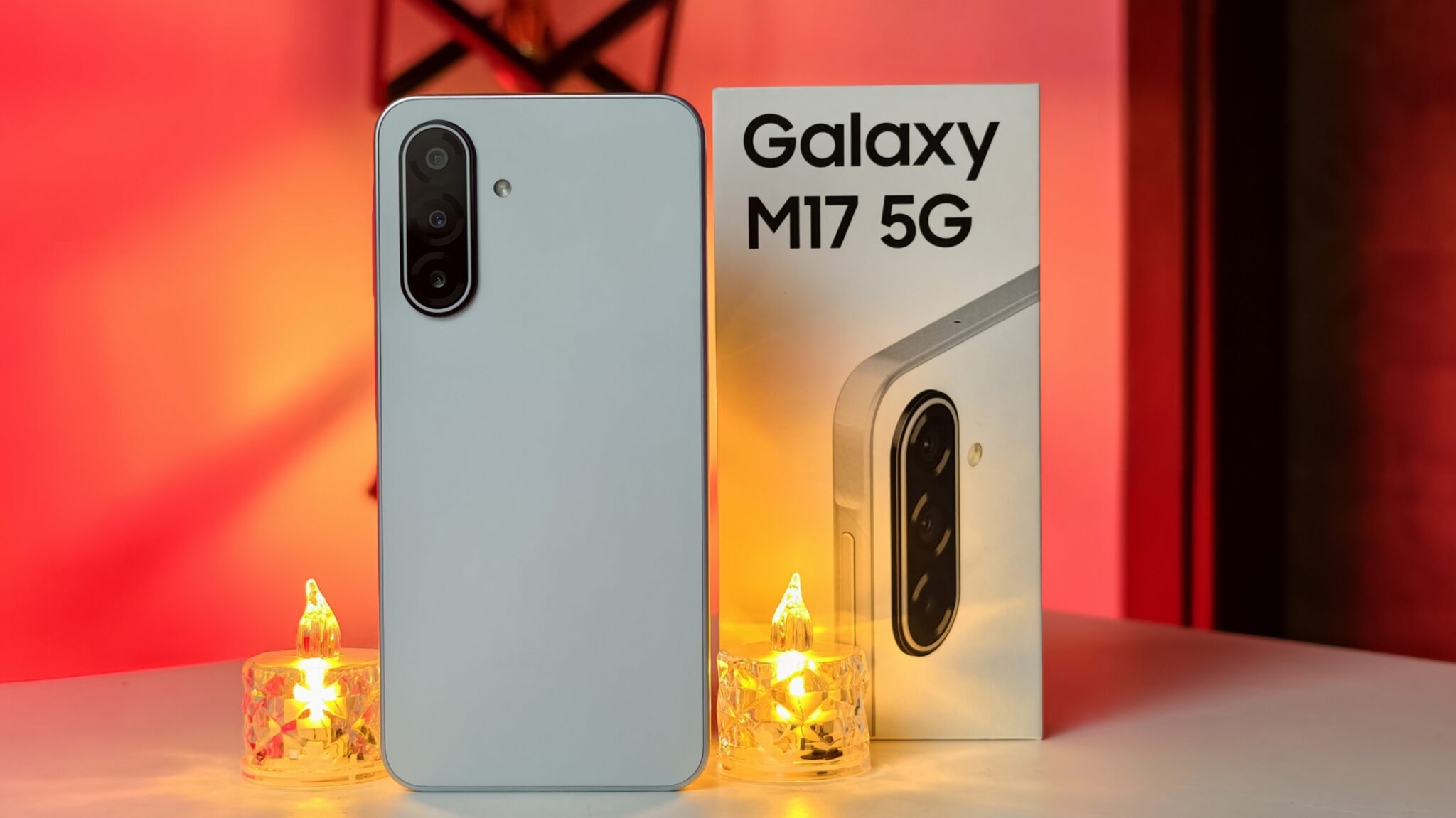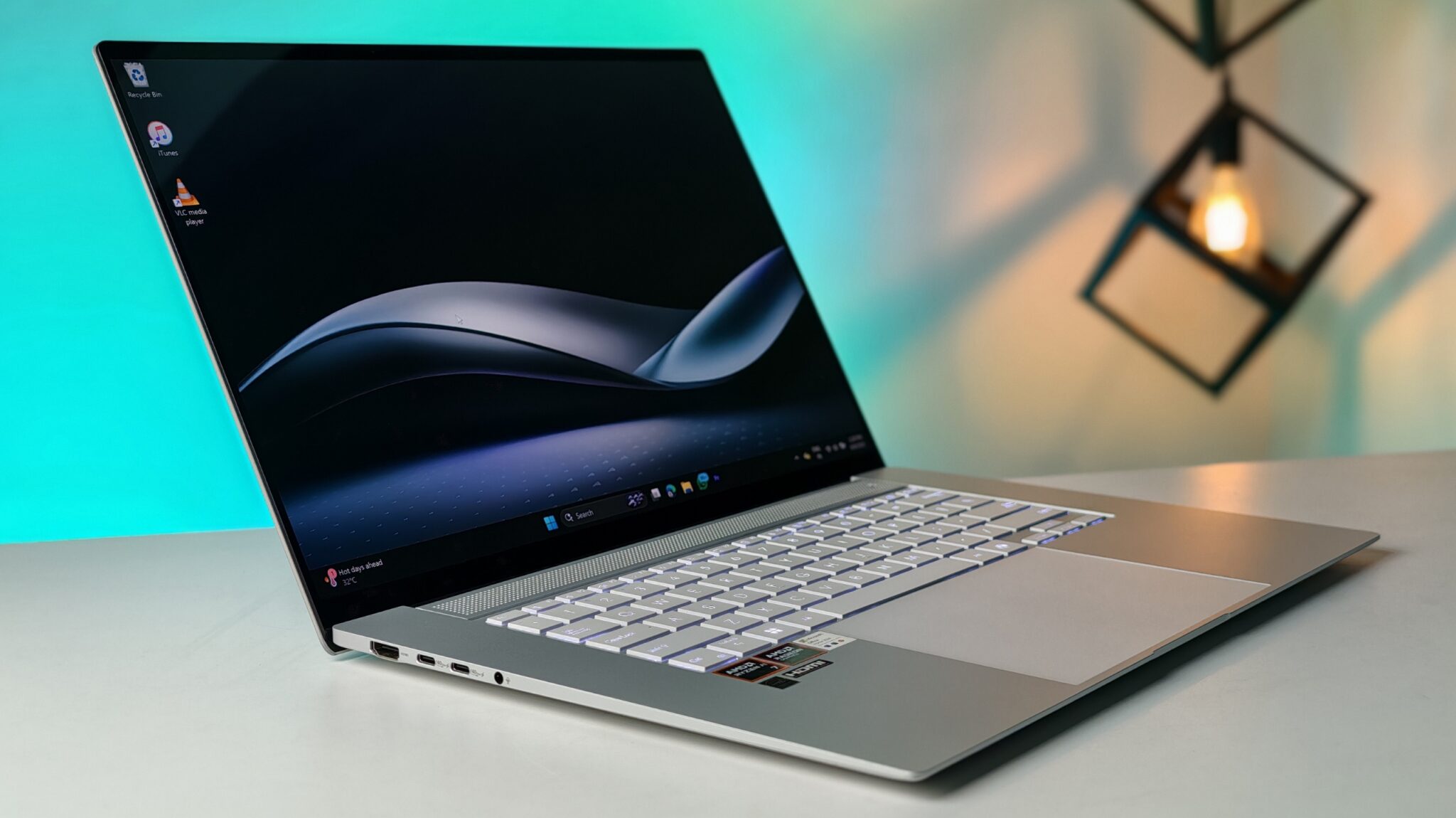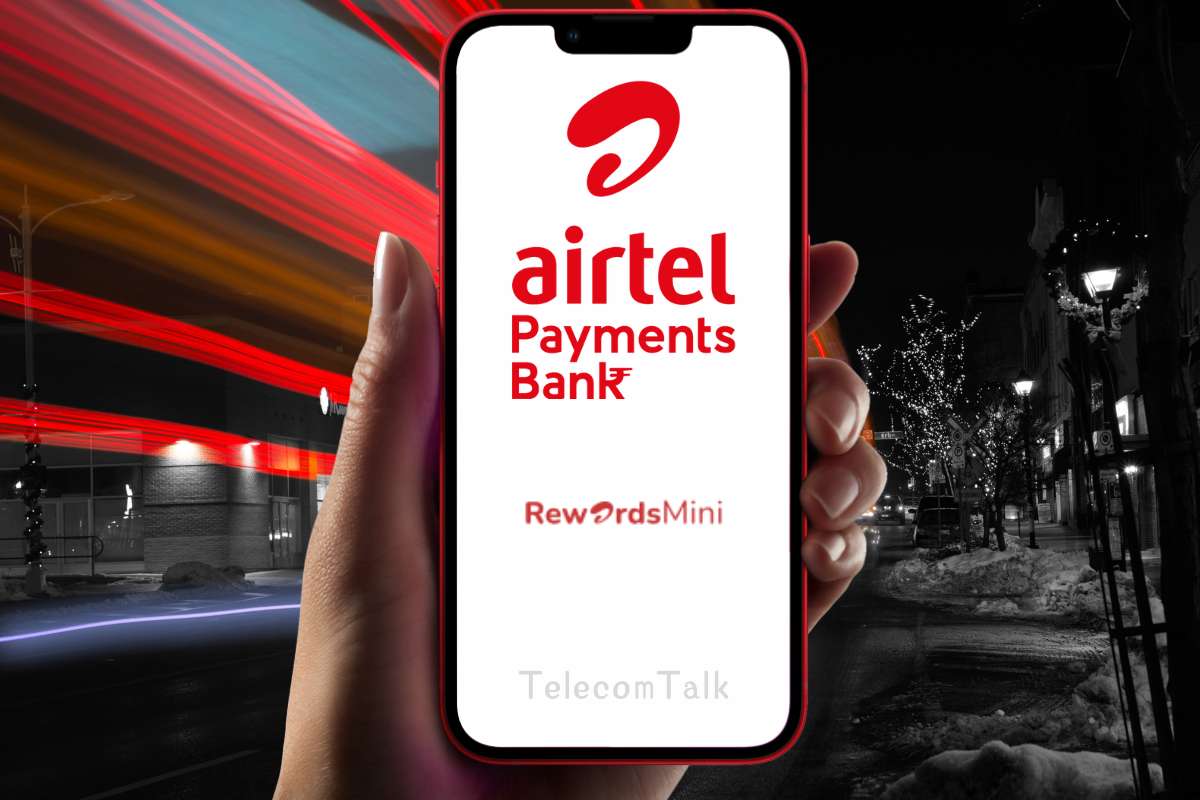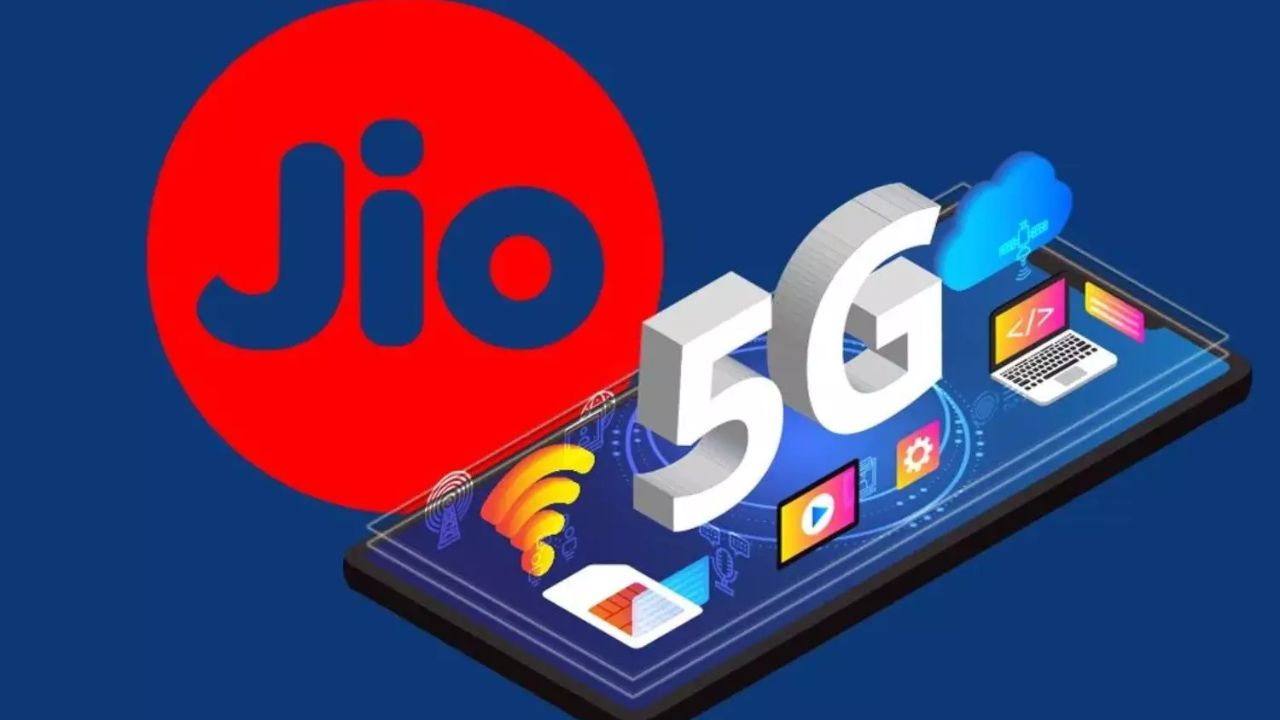India stands on the cusp of a digital revolution, driven by the rapid rise of 5G. According to a recent Ericsson Mobility Report, the country is projected to hit 980 million 5G subscriptions by 2030. That’s nearly 75 percent of all mobile subscriptions—up from 290 million in 2024, or about 24 percent. It’s not just growth; it’s a total transformation of how India connects, communicates, and conducts business.
Key Takeaways:
- India is set to reach 980 million 5G subscriptions by 2030, capturing 75% of total mobile connections.
- As of 2024, 290 million 5G subscriptions are active—24% of all mobile subscriptions.
- Monthly data usage per smartphone is expected to jump to 62 GB by 2030.
- Reliance Jio and Bharti Airtel together anticipate 326 million 5G smartphone users by Q4 FY25.
- Affordable devices and government-backed policies are speeding up adoption.
- 5G will reshape sectors like healthcare, agriculture, education, and manufacturing.
The Unstoppable Ascent of 5G in India
India’s 5G rollout is drawing global attention—and for good reason. What’s fueling this dramatic uptake? A few converging forces are at play:
Soaring Data Demand: India already leads globally in monthly smartphone data traffic, with users averaging 32 GB per month. That’s expected to nearly double by 2030. The demand for digital content is relentless, and 5G is the only viable infrastructure that can realistically handle it.
Mid-Band Spectrum Availability: The Indian government has ensured that a healthy chunk of mid-band spectrum is available through proactive auctions. This sweet spot of spectrum balances coverage and capacity, providing operators with the muscle they need to scale efficiently.
Rising 5G Smartphone Adoption: As of March 2025, India has over 250 million 5G subscribers and nearly 469,000 5G base stations, covering 99.6% of districts. Thanks to budget-friendly phones from brands like Poco, Samsung, Realme, Redmi, and Motorola, 5G isn’t just for the urban elite.
5G FWA Expansion: 5G Fixed Wireless Access (FWA) is emerging as a powerful broadband alternative, especially where fiber hasn’t reached. Services like Jio’s AirFiber are quickly becoming the go-to option for high-speed home internet.
The Big Players: Jio, Airtel, and the Race for Connectivity
Reliance Jio and Bharti Airtel are in a neck-and-neck race to dominate India’s 5G landscape.
Reliance Jio has been especially aggressive—over one million 5G cells deployed, covering more than 80% of the infrastructure. With 191 million users and 45% of India’s wireless data traffic under its belt, Jio’s footprint is massive. Jio AirFiber is gaining momentum as a reliable FWA service.
Bharti Airtel isn’t far behind. By Q4 FY25, half of its 272.8 million smartphone users will likely be on 5G. In just one year, Airtel’s 5G user base jumped from 90 million to 135 million—a 50% surge.
Vodafone Idea (Vi) is slowly entering the scene with services in Delhi NCR, Mumbai, and a few other cities, planning to expand to 17 circles by August 2025. BSNL is eyeing the rural market with its Quantum 5G FWA initiative.
Government’s Vision: Powering a Digital India with 5G
The Indian government has laid out a supportive framework that’s fast-tracking 5G growth:
- Policy Reforms & Spectrum Auctions: Reduced spectrum costs, streamlined Right of Way approvals, and platforms like GatiShakti Sanchar are accelerating rollout.
- Financial Support: From lowering spectrum usage charges to easing revenue obligations, operators are getting much-needed relief.
- Digital Bharat Nidhi (DBN): This fund supports connectivity in underserved regions, especially tribal and remote areas.
- R&D Investment: With eight institutions hosting 5G test beds and ₹100 crores allocated for labs, there’s serious momentum toward localized tech innovation.
Since October 2022, the country has installed nearly 469,000 5G BTSs—a pace among the fastest globally.
Beyond Speed: How 5G is Changing Lives and Industries
5G isn’t just about faster downloads. It’s the nervous system of a smarter India. It’s expected to pump INR 36.4 trillion (around $455 billion) into the economy between 2023 and 2040.
Smart Cities: From smarter traffic lights to efficient waste management, 5G is helping cities think on their feet.
Healthcare: Real-time monitoring, teleconsultations, and even remote surgeries are becoming feasible.
Agriculture: Think drones, sensors, and AI-powered analytics helping farmers boost yields while cutting waste.
Education: AR and VR can make learning truly immersive, even in the remotest classrooms.
Manufacturing: 5G powers automation and real-time analytics, streamlining operations and reducing costs.
Entertainment: Expect seamless streaming, cloud gaming, and more immersive digital experiences across devices.
There are hurdles, of course:
- Affordable Devices: Prices are falling, but 5G smartphones still need to be accessible to the broader population.
- Rural Coverage: Urban areas are covered, but the last-mile push into rural zones remains complex.
- Localized Use Cases: To truly monetize 5G, stakeholders must co-develop solutions tailored to India’s unique landscape.
- Operator Economics: Building out 5G is capital-intensive. Long-term profitability will depend on value-added services and price elasticity.
The Future is Now
Reaching 980 million 5G users by 2030 isn’t just a tech milestone—it’s a signal that India is ready for a massive leap. From connected classrooms to AI-enabled farms, the possibilities are immense. With widespread Standalone (SA) 5G networks on the horizon, this ecosystem is set to touch nearly every aspect of life.
Frequently Asked Questions (FAQs)
Q1: What is 5G, and how is it different from 4G?
A1: 5G is the fifth generation of wireless communication. It offers speeds up to 100 times faster than 4G, ultra-low latency, and can handle a much larger number of connected devices simultaneously.
Q2: How many 5G subscribers does India currently have?
A2: India has about 290 million 5G subscriptions as of 2024—about 24% of all mobile subscriptions.
Q3: Which telecom companies are leading the 5G rollout in India?
A3: Reliance Jio and Bharti Airtel are the frontrunners, with Vodafone Idea and BSNL gradually entering the space.
Q4: What are the benefits of 5G for everyday users?
A4: Expect faster downloads, better video calls, smoother gaming, and more reliable AR/VR experiences.
Q5: How will 5G impact India’s economy and sectors?
A5: 5G will drive innovation in healthcare, agriculture, education, manufacturing, and beyond—unlocking new business models and boosting productivity.
Q6: Are 5G phones affordable?
A6: Yes, thanks to manufacturers like Poco, Samsung, and Realme, 5G smartphones are now more affordable and widely available.
Q7: What is 5G Fixed Wireless Access (FWA)?
A7: It’s a way to deliver home internet over 5G networks, especially useful in areas where fiber broadband isn’t available.
Q8: What’s the Indian government doing to support 5G?
A8: Through spectrum reforms, rural connectivity funding, test beds, and financial relief for telcos, the government is laying the groundwork for a nationwide 5G ecosystem.
